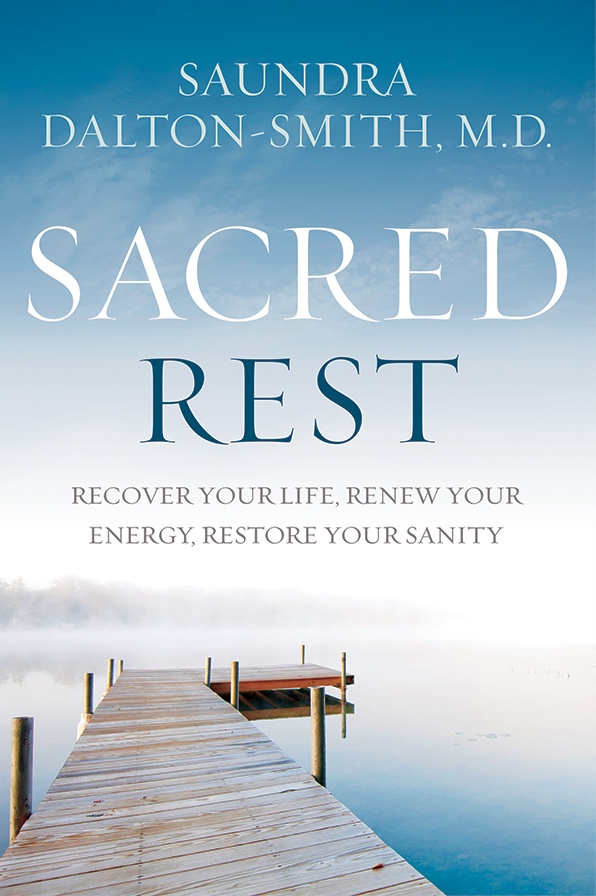Nature vs Nurture...
From time to time our turf systems meet with varying degrees of stress. These events can generally range from a mild annoyance to full blown catastrophe. The road to recovery can vary depending on the situation and the approach to healing depends on many factors. How we as superintendents respond to these stressors and subsequently guide recovery usually says a great deal about how successful we will be during our careers.
Often times the stressor is fairly repetitive and benign (think traffic damage). We can simply place a bit of intention on the problem (like directional signs) and our work is pretty much done. Dealing with these issues falls into the everyday category of stress and the solutions often times are centered around a “less is more” management approach.
If the event is traumatic enough, our approach must shift to a dynamic of nurturing and healing. We carefully tend the wound (prep work), rework the affected area (seed and amendments) and even sometimes bandage it up (think tarps or mulch protection). Once the area in question has been stitched up, then the healing begins. Extra inputs (water, fertilizer), raised heights of cut, a bit of space coupled with a gentle touch will usually allow these areas to mend properly.
Deciding on which approach to take in any given situation usually grows and changes as we move through our careers and gain turf wisdom. There is an old greenkeeping adage that states that sometimes the hardest thing to do is nothing at all…
There is an old greenkeeping adage that states that sometimes the hardest thing to do is nothing at all…
Lots of times the issues we face as human beings generally fall within these same parameters. There are the everyday stressors that we can deal with simply by living an intentionally healthy lifestyle (think exercise, diet and meditation). Most times many of these problems (common to everyone) can be handled developing and focusing on the process of our lives.
Then there are the times in everyone’s lives where things like eating well and doing a bit of yoga just aren’t enough. These are the traumatic events that everyone inevitably faces at some stage and no matter how hard you might try to push through and ignore them, they eventually cause us to stop and take stock of our lives.
The most difficult part about these heavy events is that no matter how hard you try to avoid dealing with them, they always are right there waiting for you when there is a break in the action. We can press forward for a while, burying ourselves in work or anything else that may divert our attention, but our bodies and minds just lock away the trauma until such time we decide to process it.
When we finally do pause long enough to actually deal with the issue, our healing depends on a great many factors. Having a caring and supportive network of family and friends makes is essential. Seeking professional help (therapy) can guide you through the healing process. But one of the key factors in recovering from traumatic events can be how well you tend yourself. In short, how you make use of the same nurturing process we use for healing our turf, on ourselves.
As we mentioned earlier in the turf recovery example once we put the pieces in place to promote the healing process, the key component in allowing these tools to actually work is rest and space. The idea of rest can take many different forms and mean different things to different people, but there are some agreed upon forms that are worthy of reflection.
...once we put the pieces in place to promote the healing process, the key component in allowing these tools to actually work is rest and space.
 Some sage advice on the idea of rest comes from physician Saundra Dalton-Smith MD, author of the book, Sacred Rest: Recover your life, Renew your energy, Restore your sanity. In a recent Ted Talk she discussed the most helpful forms of rest and how we can use them to promote healing: 7 types of rest that every person needs. Dr. Dalton- Smith outlines the 7 types as :
Some sage advice on the idea of rest comes from physician Saundra Dalton-Smith MD, author of the book, Sacred Rest: Recover your life, Renew your energy, Restore your sanity. In a recent Ted Talk she discussed the most helpful forms of rest and how we can use them to promote healing: 7 types of rest that every person needs. Dr. Dalton- Smith outlines the 7 types as :
- Physical Rest
- Mental Rest
- Sensory Rest
- Creative Rest
- Emotional Rest
- Social Deficit Rest
- Spiritual Rest
You might want to take some time and watch or read about these categories if you are finding your wick burning low as of late and the idea of meaningful rest appeals to you.
As with our turf systems, our lives are ever changing, organic entities. How we respond to the varying stress and traumatic events in our lives can go a long way to how fast we heal and the quality of our lives as a whole. Sometimes the toughest thing to do is nothing at all, but it can be tougher still to have the courage and wisdom to pause and admit to ourselves that we are in need of real help and deep rest.
Take care and thanks for reading.
Paul
-
 1
1


1 Comment
Recommended Comments